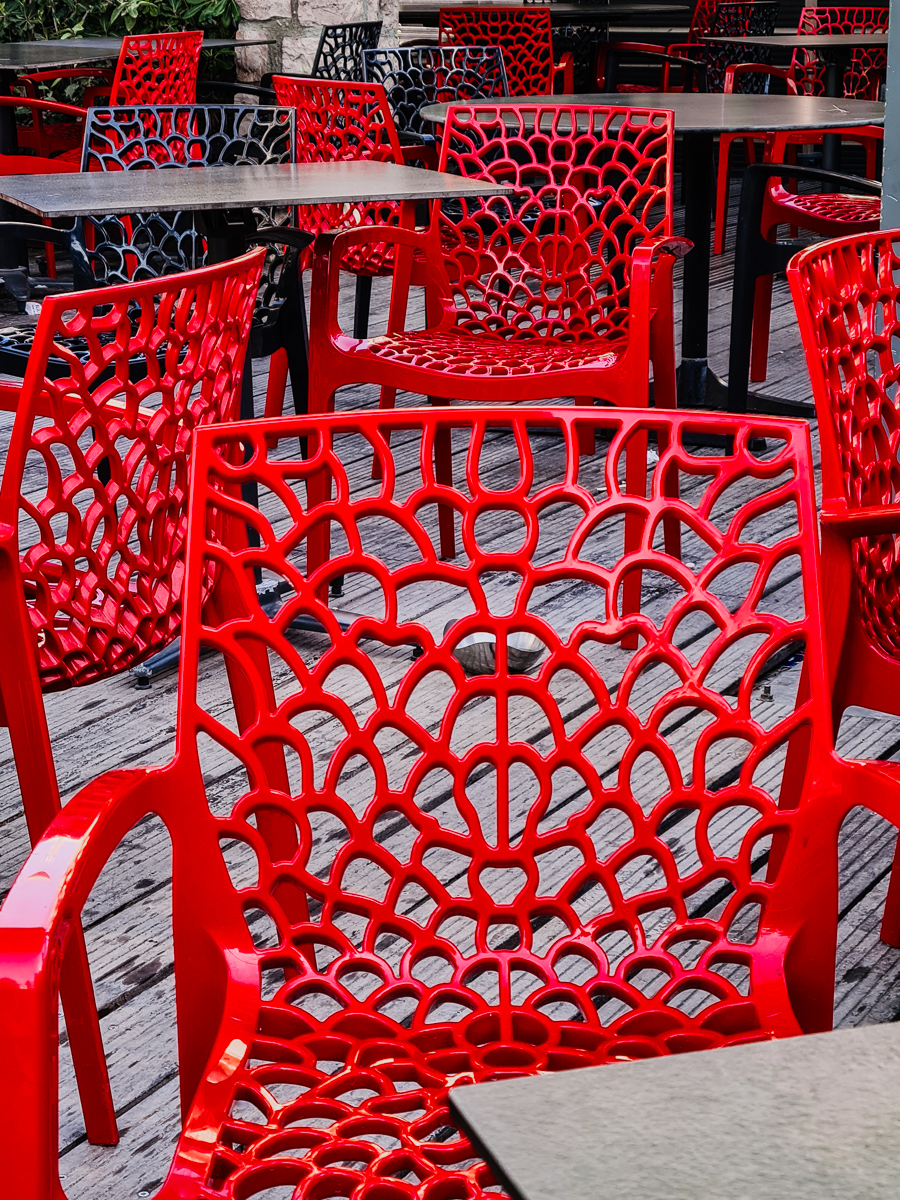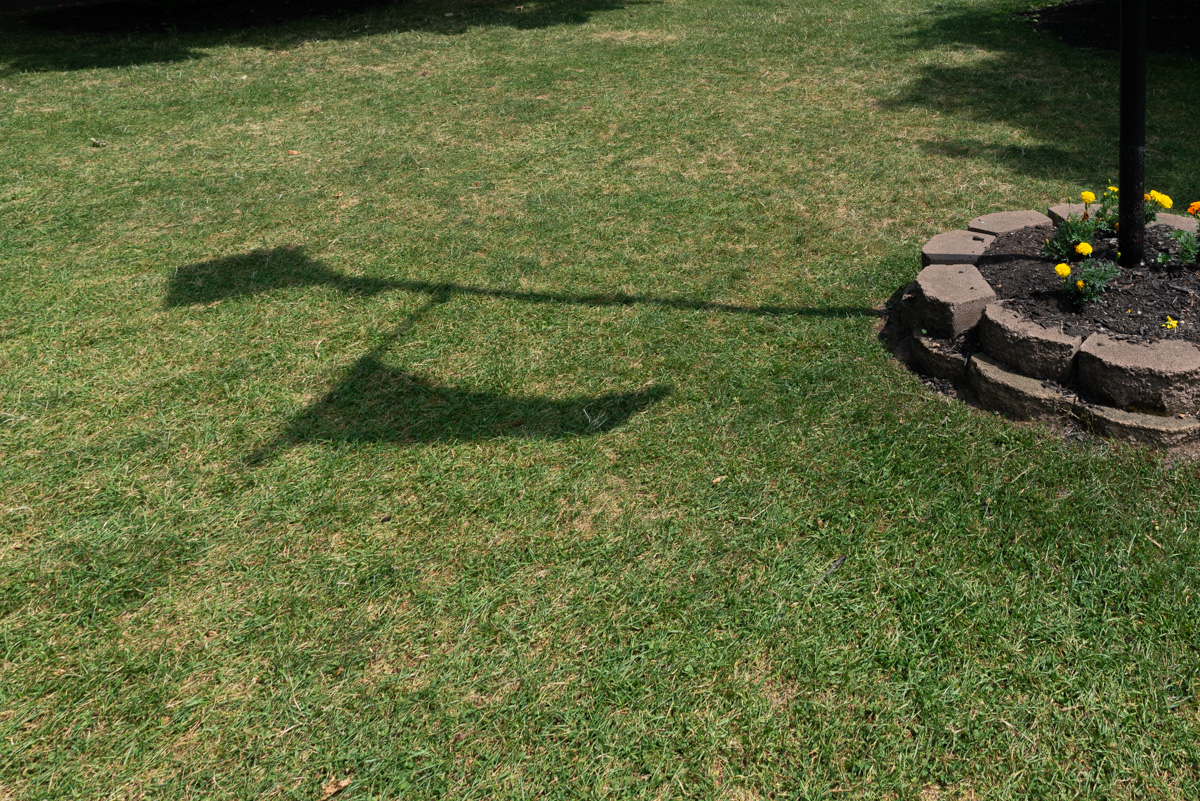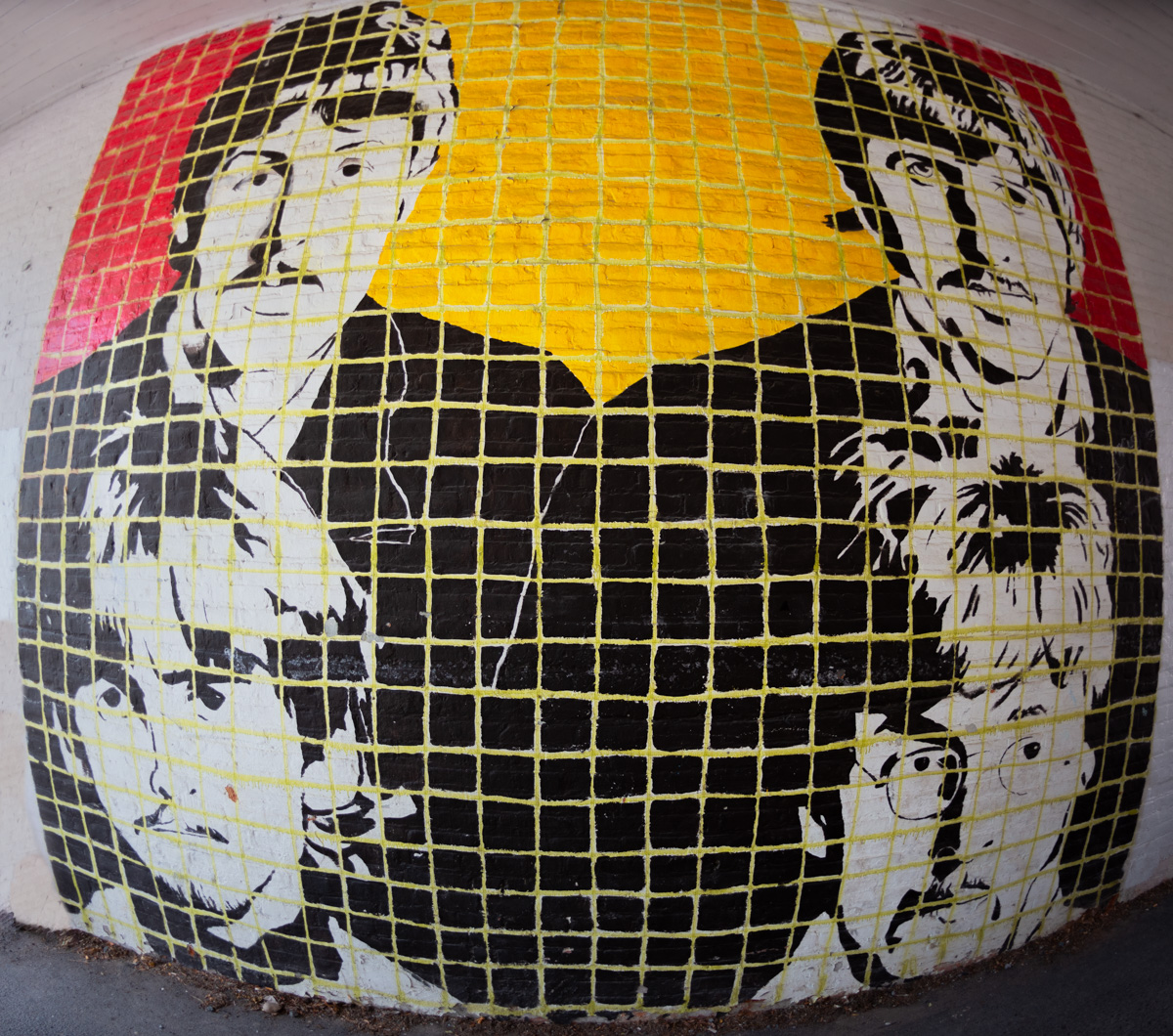DURANGO
CLASS
2024
July 30, 2024
“Building Your Design Skills”
Tips for Enhancing Your Design Skills
Design is both an art and a science. Whether you are a budding designer or a seasoned professional, refining your ability to observe and evaluate design critically is key to producing exceptional work. In this post, we’ll explore practical guidelines for training your designer’s eye, drawing inspiration from Disha Thakker’s insightful article. Let’s dive into four fundamental practices that can elevate your design capabilities.
Consistent Practice
The adage “practice makes perfect” holds particularly true in the design world. Regular engagement with design tasks is vital to honing your skills. Just like a musician practices scales daily, a designer should commit to daily or weekly design exercises. These could range from simple sketching to complex, digital projects. By consistently working on new designs, you’ll naturally start to improve your sense of composition, color balance, and aesthetic judgment.
To get started, set aside dedicated time each day to create something new. It doesn’t have to be a large project; even a quick doodle or a basic layout can contribute to your growth as a designer. Over time, these small efforts accumulate, leading to significant improvement in your design acumen.
Deliberate Observation and Analysis
Being observant is a critical skill for any designer. Intentional examination of existing designs helps you understand their elements and effectiveness. This involves looking beyond the surface and analyzing the composition, use of color, typography, and overall structure. Ask yourself why a particular design works or doesn’t work. What makes it appealing or unappealing? What emotions does it evoke?
One effective way to practice this is by creating a collection of designs that inspire you. Analyze these examples to pinpoint what makes them effective. Take notes on the use of space, alignment, and contrast. Over time, this practice will sharpen your ability to recognize strong design principles and apply them in your own work.
Diversifying Visual Inspiration
Creativity blossoms when it’s nurtured by a variety of influences. Diversifying your sources of visual inspiration can significantly expand your design vocabulary. Instead of sticking to a single genre or style, explore a broad range of visual styles and mediums. This could include everything from classic art and photography to modern web design and architecture.
Make a habit of browsing through design galleries, art exhibitions, and even nature. Visual stimulation from diverse sources can spark new ideas and help you see design problems from different angles. Additionally, engaging with different cultures and their design aesthetics can offer fresh perspectives and enhance your creative toolkit.
Practicing Design Critique
Constructive critique is an essential part of the design process. It involves critically evaluating both your own work and the work of others to identify strengths and areas for improvement. By giving and receiving feedback, you gain deeper insights into design principles and learn how to effectively communicate your ideas.
Join design communities or groups where you can share your work and receive feedback from fellow designers. Participate in design challenges and critique sessions. When reviewing work, be specific in your feedback. Rather than saying a design is “good” or “bad,” discuss what works well, what doesn’t, and why. This practice nurtures a critical eye and fosters a culture of continuous improvement.
Training your designer’s eye is an ongoing journey of observation, practice, and feedback. By consistently practicing design tasks, deliberately analyzing existing designs, diversifying your sources of inspiration, and participating in constructive critique, you can significantly enhance your design skills. Embrace these practices, and watch as your ability to create compelling, impactful designs grows exponentially. Happy designing!
- Scavenger – Person in Motion
- Scavenger – Shadow
- Scavenger – Symmetrical Object
- Scavenger – Reflection
- Scavenger – Unusual Angle
- Scavenger – Textures
- Scavenger – Something Red
- Peters family photos
REPLAYS
Protected: DURANGO 6-3-2025: ARE YOU VISIBLE – A CHECKLIST
Password Protected
To view this protected post, enter the password below:
Protected: DURANGO: 5-27-2025
Password Protected
To view this protected post, enter the password below:
Protected: DURANGO 5-20-2025: A MARKETING BLOCK
Password Protected
To view this protected post, enter the password below:











































